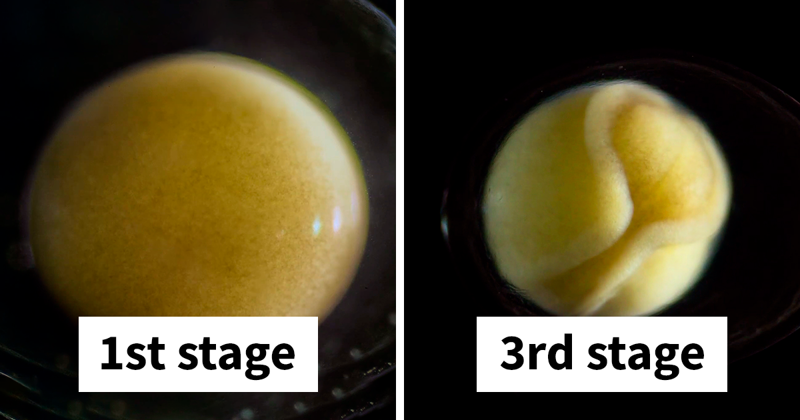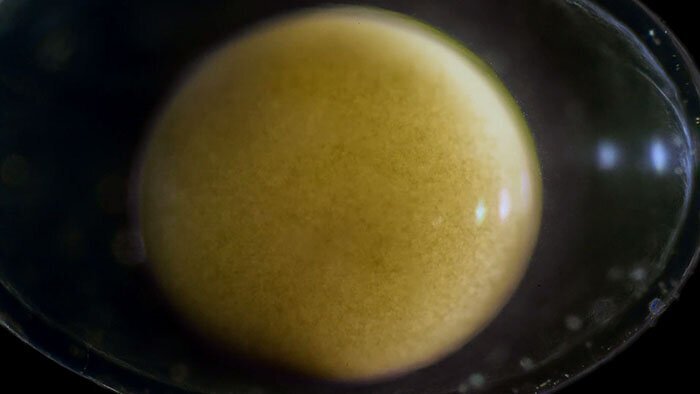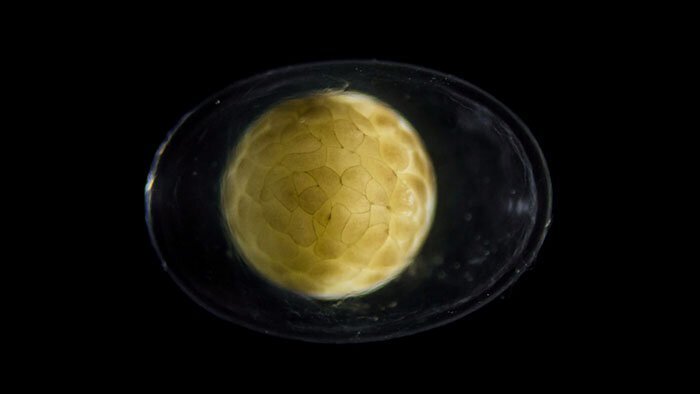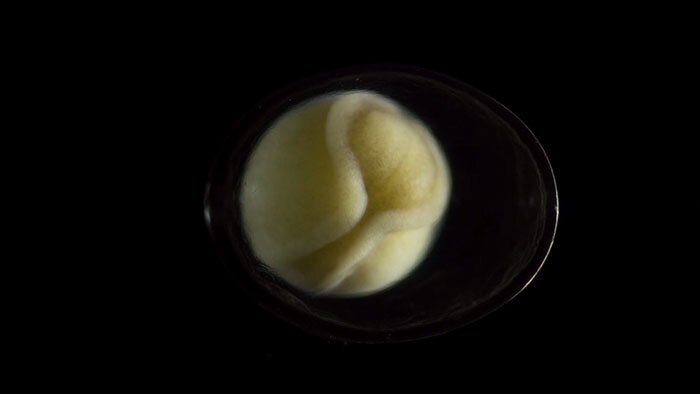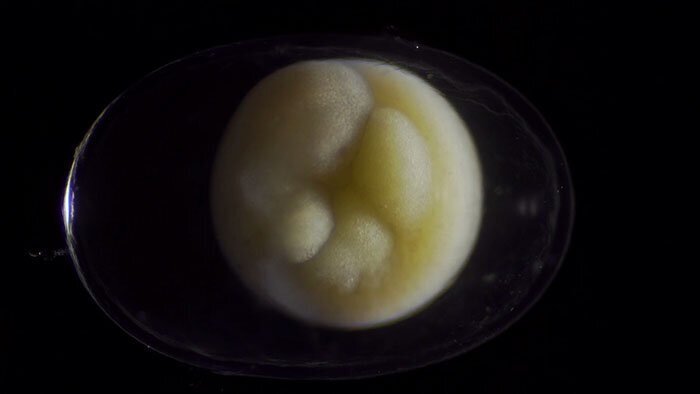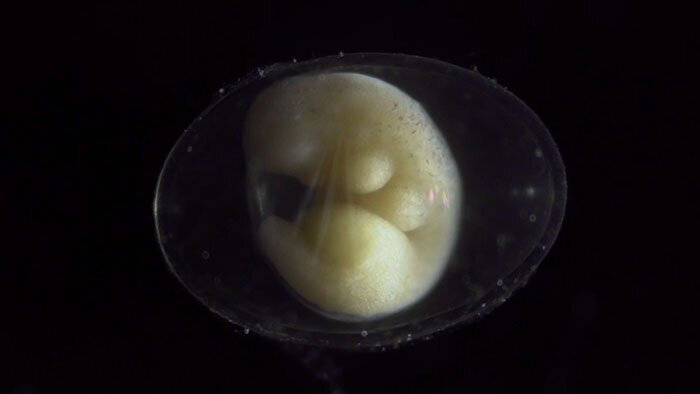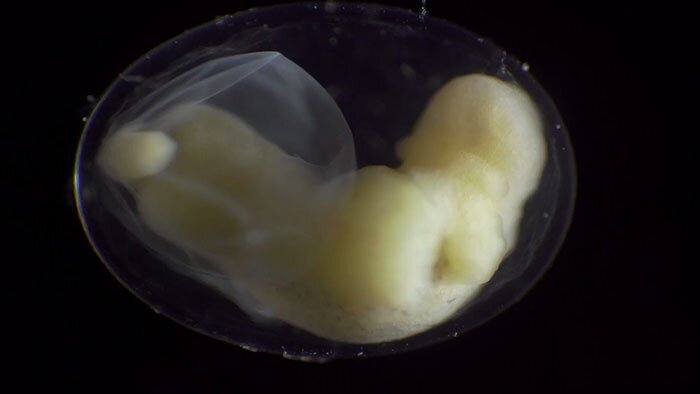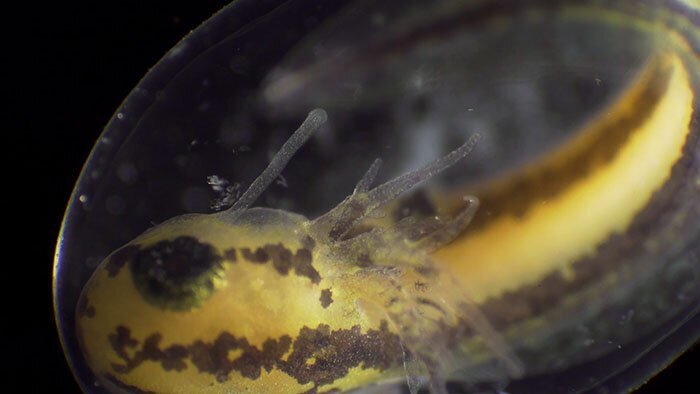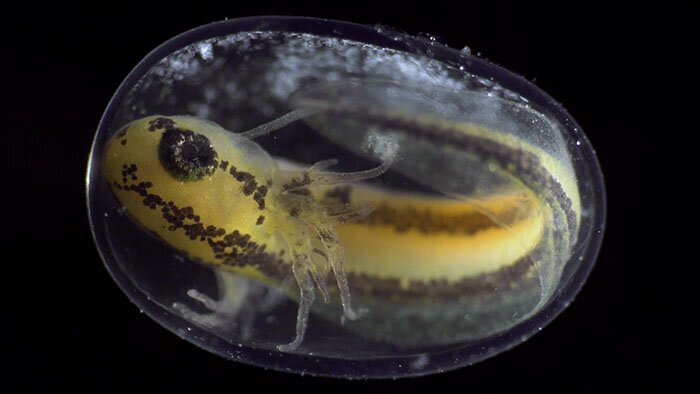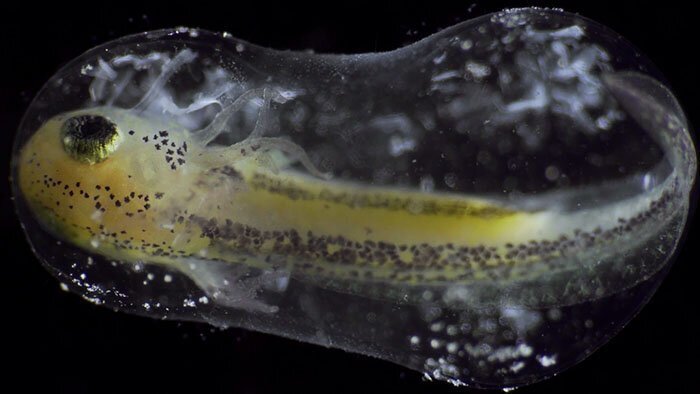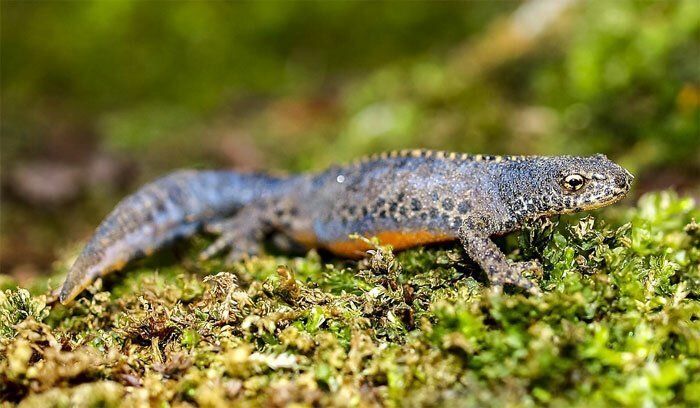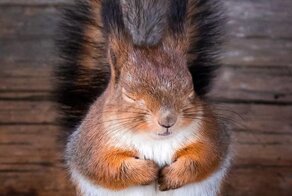0
12
1
When does some thing become some one? With the heart’s first beat? With the brain’s first wave? Dutch filmmaker Jan van IJken has recently created a short film that might help you in your search for the answer to this difficult question.
“‘Becoming‘ is a short film about the miraculous genesis of animal life,” van IJken wrote. “In great microscopic detail, we see the ‘making of’ a salamander in its transparent egg from fertilization to hatching.”
“‘Becoming‘ is a short film about the miraculous genesis of animal life,” van IJken wrote. “In great microscopic detail, we see the ‘making of’ a salamander in its transparent egg from fertilization to hatching.”
Actually, the transparency of the egg was the main factor why van IJken chose to record the ‘becoming’ of the alpine newt in particular. “I filmed the egg in a Petri dish, in water,” he told Bored Panda. “To me, the biological aspects were the most challenging parts of creating this short. [Figuring out] how long do the processes take, what are the different stages of development, and so on. I had to become a bit of a biologist and a bit of a scientist.”
The first stages of embryonic development are roughly the same for all animals, including humans. In the film, the viewers are invited to observe the very beginning of an animal’s life, a single cell transforming into a complex living organism with a beating heart and running bloodstream.
“The salamander embryo (an Ichthyosaura Alpestris) was followed very closely in a combination of timelapse and film,” van IJken added. “All stages of embryogenesis can be seen in this film: cleavage, gastrulation, neurulation, and organogenesis. Time was condensed from about 3 weeks to 6 minutes.”
‘Becoming‘ has screened at more than 20 international film festivals, and even received the Award for best short documentary at the Innsbruck nature film festival 2018.
Alpine newts are native to central and southern Europe and often sport a mottled brown color. During the mating season, however, males have a dark blue color on their backs, as well as white and black spots on their legs and a bright orange colored belly. It breeds in shallow water, where its larvae are born, hatch and feed on plankton, before sprouting legs and moving to land.
Source:
Ссылки по теме:
- After My Picture Went Viral i Knew That i Needed To Make More Art From The Litter That i Find
- Finnish Photographer Proves Fairy Forests Are Real In Finland
- Artist Creates Surreal Landscapes That Balances Between Nature And Another Dimension
- Man Finds Baby Squirrel On His Bed, And It Grows Up To Be The Most Adorable Pet
- Dog Meets Her “Twin” On The Way To The Market, Convinces Its Owners To Adopt Him Immediately


